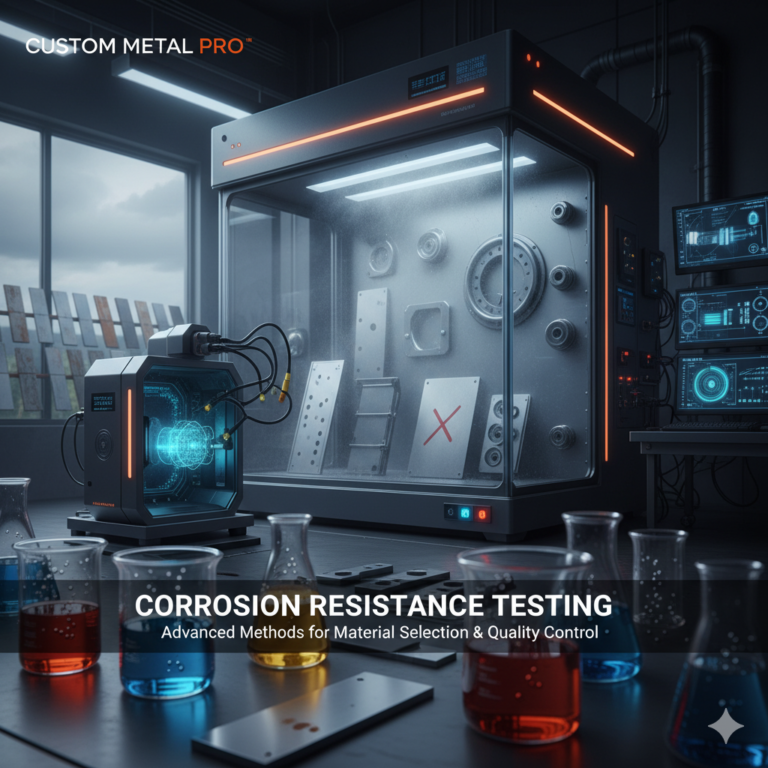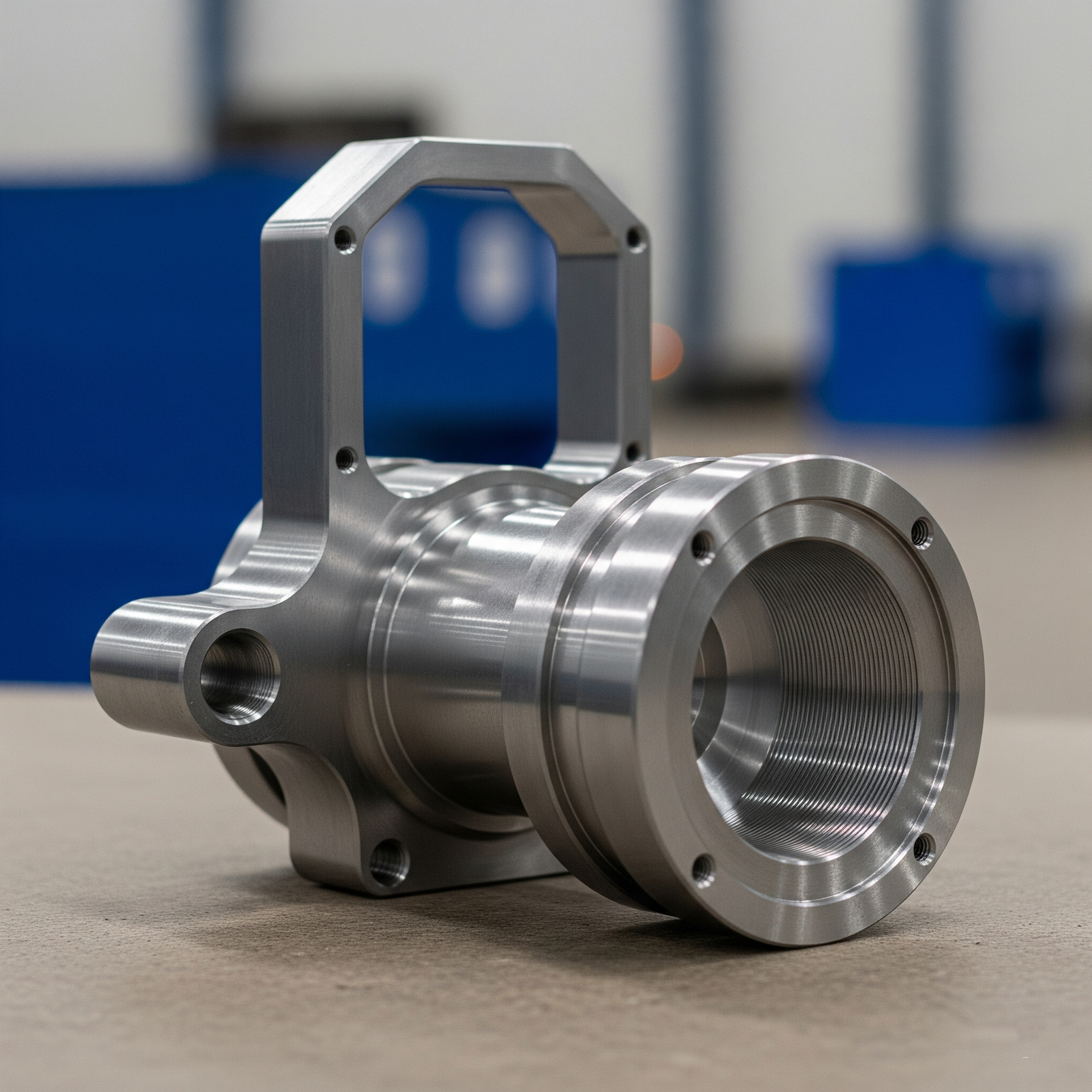
Developing a new metal product is exciting—but when you’re working with just 1 to 100 parts, you’ll face a unique set of manufacturing hurdles.
The biggest challenges in small batch metal prototyping1 are high unit costs2, process instability, unpredictable lead times3, and limited material/tooling options.
This article breaks down each issue and offers strategies to help you succeed.
👉 This guide is for product designers, mechanical engineers, hardware startups, and R&D teams preparing to prototype low-volume metal parts.
Why Is Small Batch Metal Prototyping So Expensive?
Small batch production has a higher cost per part because setup and engineering costs are not spread across volume.
For example, if CNC setup takes $500 and you only produce 5 parts, each unit absorbs $100 of setup. In mass production, this could drop to less than $1 per part.
👉 Want to control costs? Work with vendors offering shared tooling, quick-change fixtures, or modular processes to reduce setup overhead.
Why Is Lead Time So Unpredictable in Low Volumes?
Low-volume jobs are often deprioritized in busy production queues because they bring in less revenue than larger orders. They may be slotted between other jobs or delayed for tooling prep.
Additionally, small batch prototypes may require multiple design iterations, increasing turnaround time.
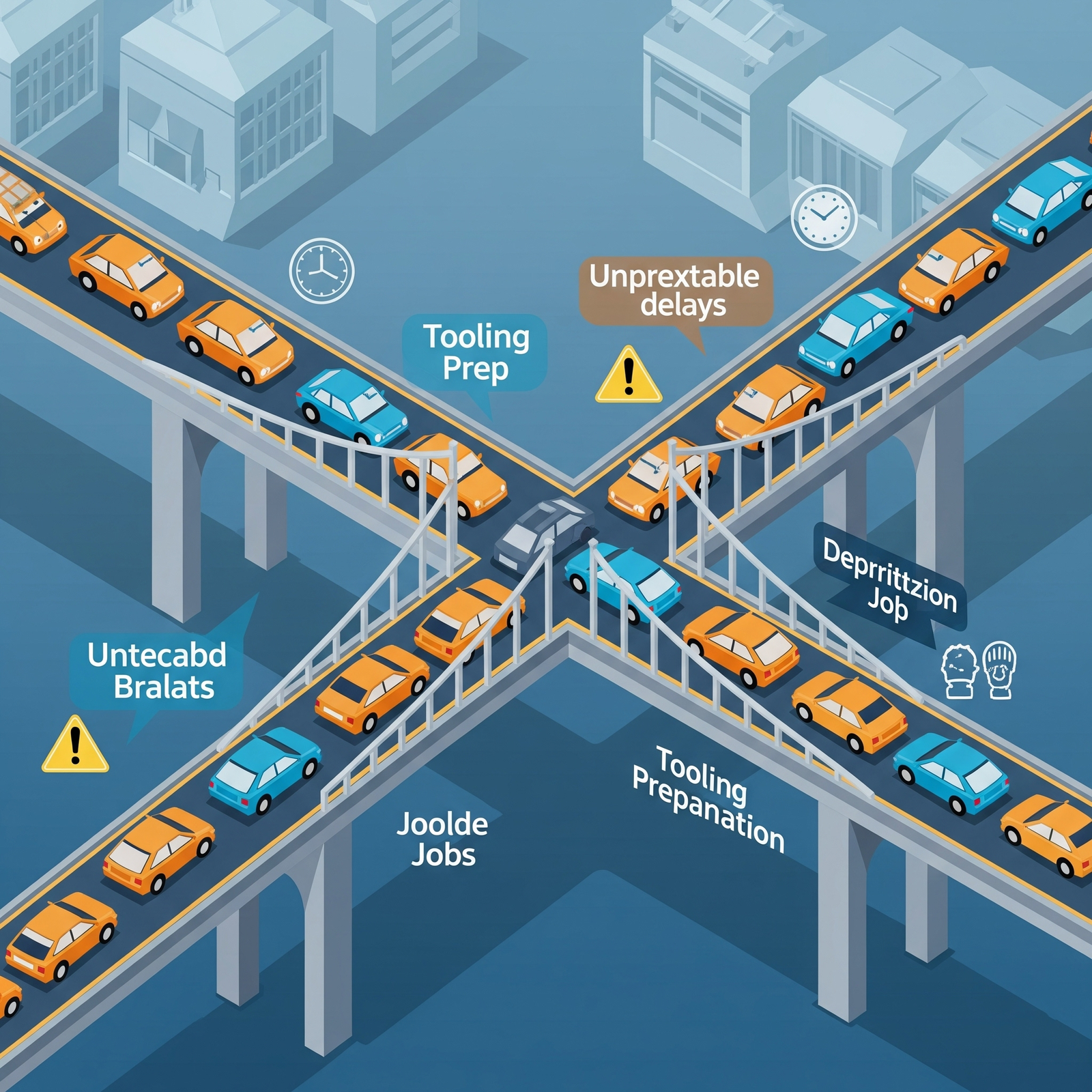
👉 To stay on schedule, look for prototype-focused manufacturers with dedicated low-volume lines or quick-turn services.
Why Are Surface Finish and Tolerance Harder to Control?
Short runs don’t allow for process refinement, so early parts may suffer from variation in surface quality or dimensional accuracy.
Without dedicated jigs or inspection cycles, even experienced shops may deliver inconsistent results.
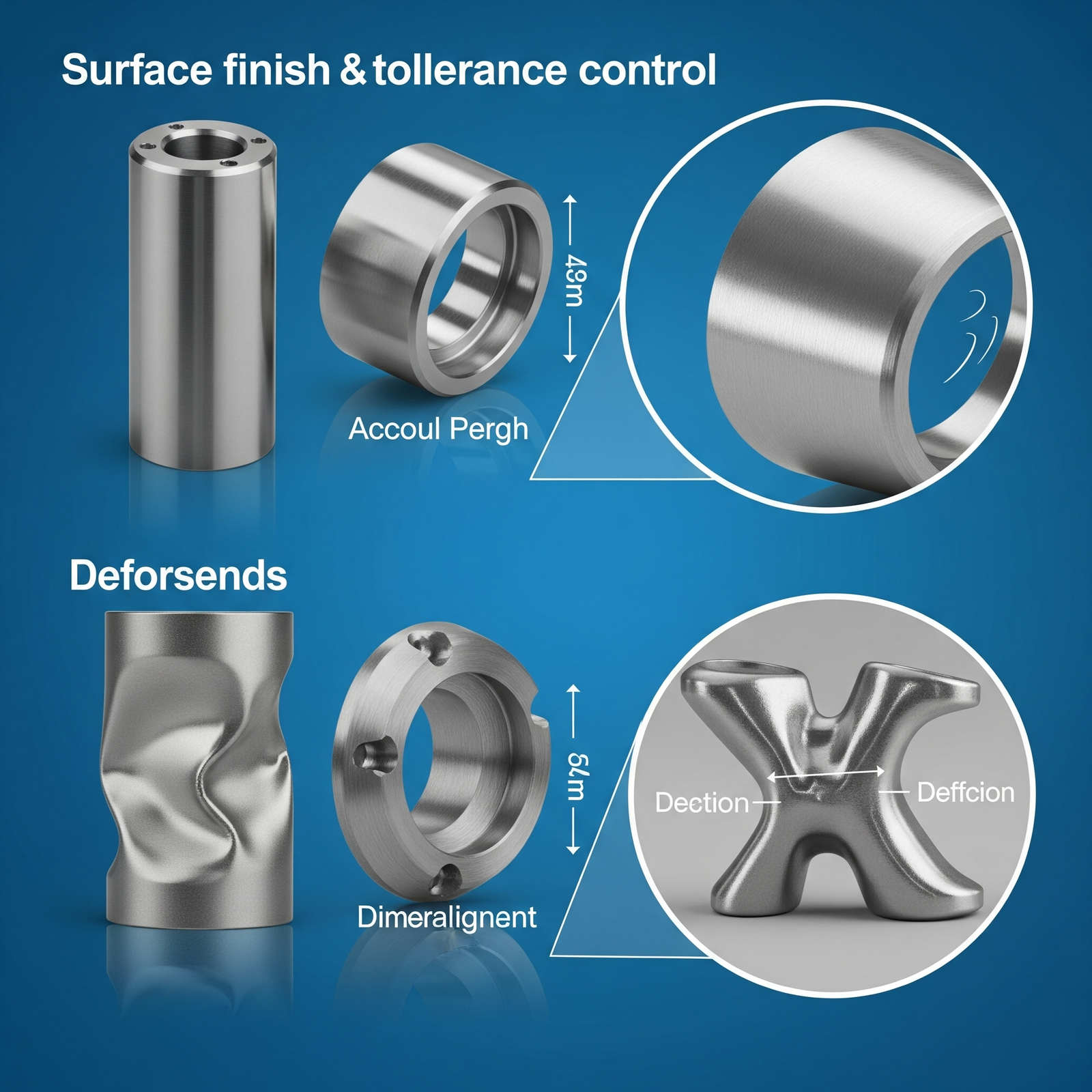
👉 Don’t compromise: Ask about fixture plans and inspection tools upfront—precision starts with process planning.
Are All Metals Readily Available for Small Runs?
No. Specialty materials like titanium or medical-grade stainless often have high MOQs or long lead times.
For prototyping, you may need to pay more for small sheets/bar stock or use substitute materials like aluminum 6061 or 7075.
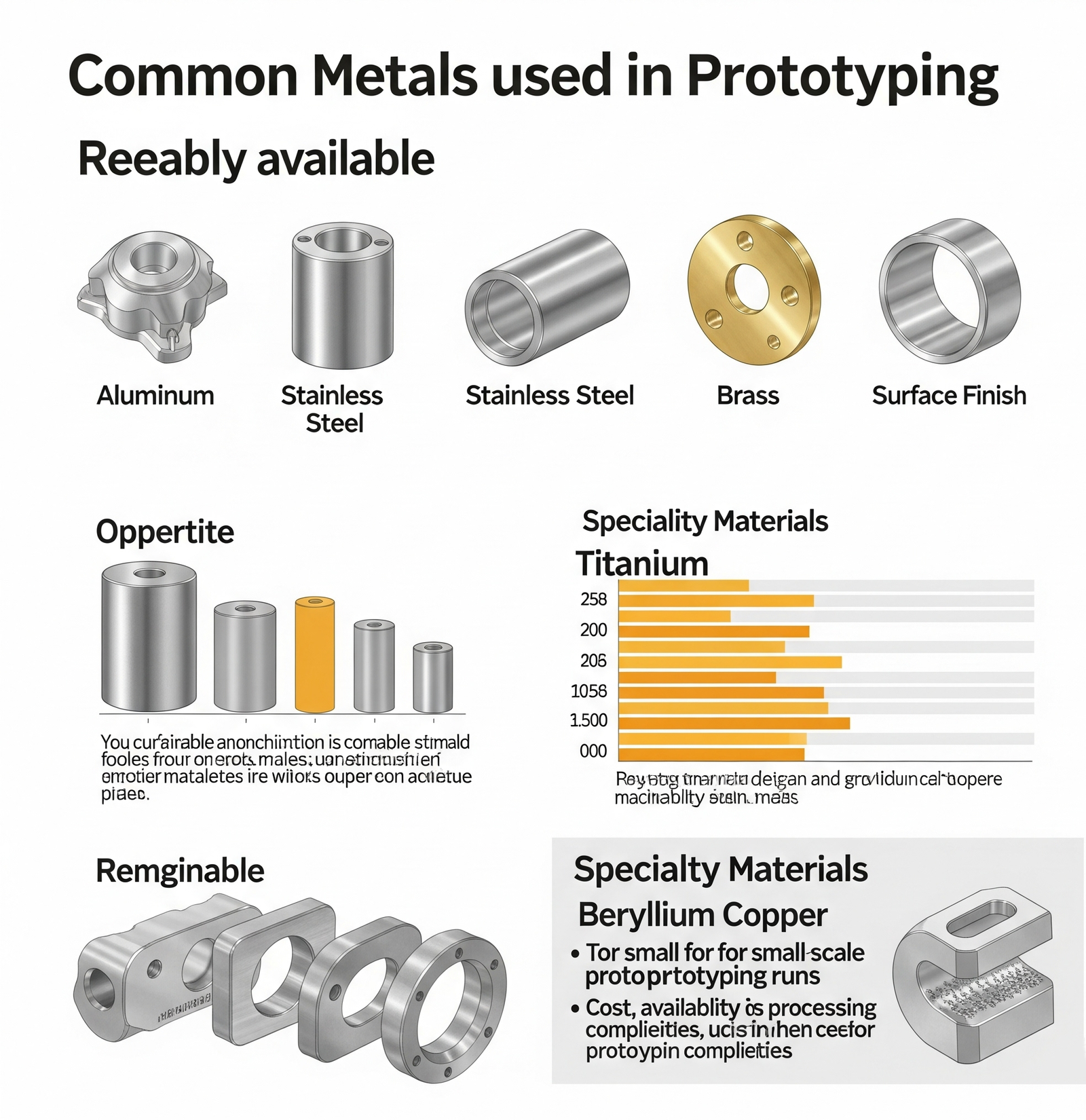
👉 Be flexible: Clarify material requirements early and ask suppliers for stock availability or alternative options.
What Tooling Barriers Do Small Batch Runs Face?
Custom tooling (dies, molds, jigs) is rarely cost-effective for under 100 parts.
That means you’ll need to rely on:
- CNC-machined substitutes
- 3D printed fixtures
- General-purpose forming tools
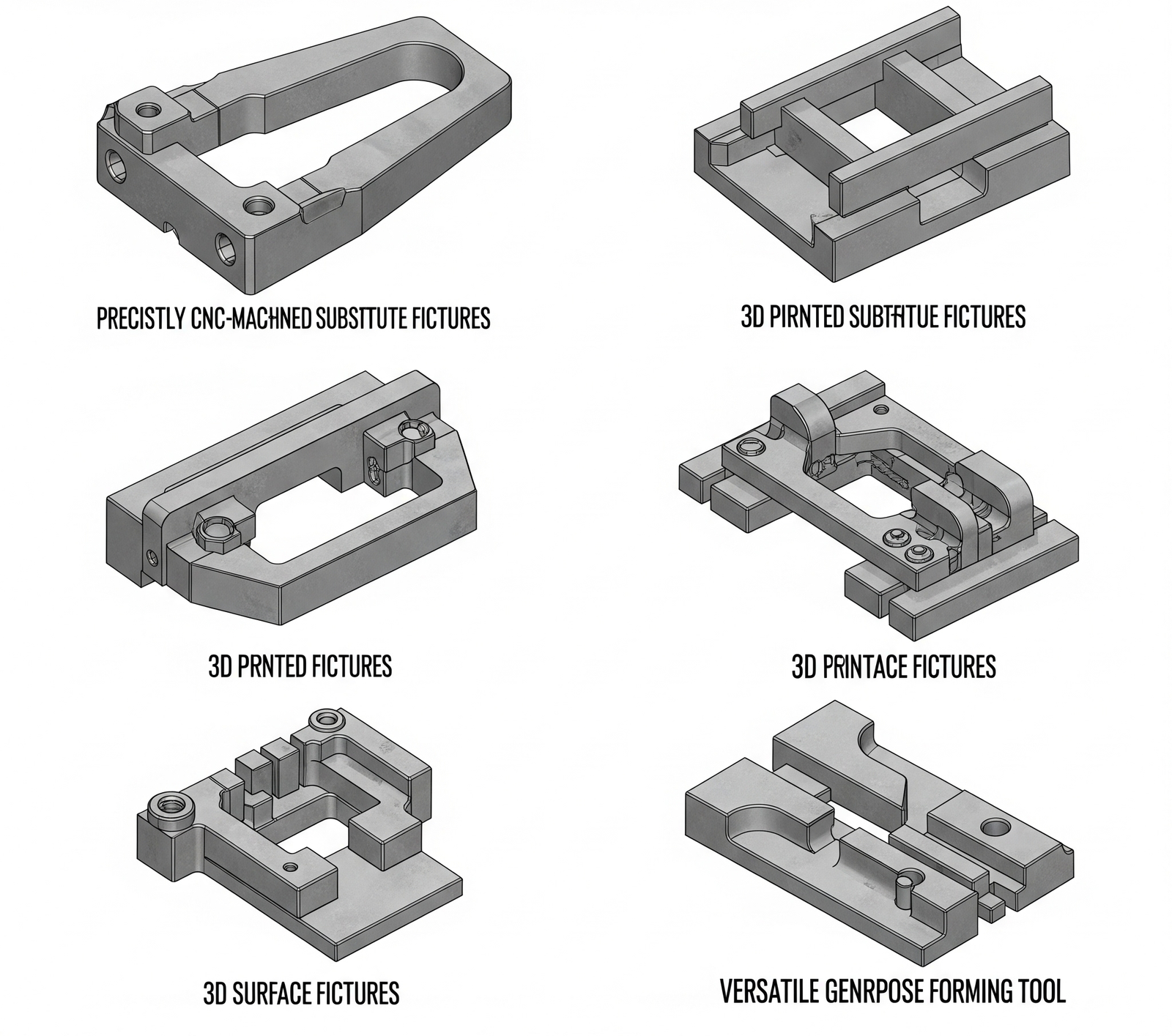
👉 Tooling matters: Even in prototypes, good fixturing can drastically improve quality and repeatability.
Is Your Design Ready for Manufacturing at Low Volume?
Designs not optimized for manufacturability (DFM) can face unnecessary delays or cost overruns.
Common issues include tight tolerances, sharp corners, undercuts, or inaccessible features.
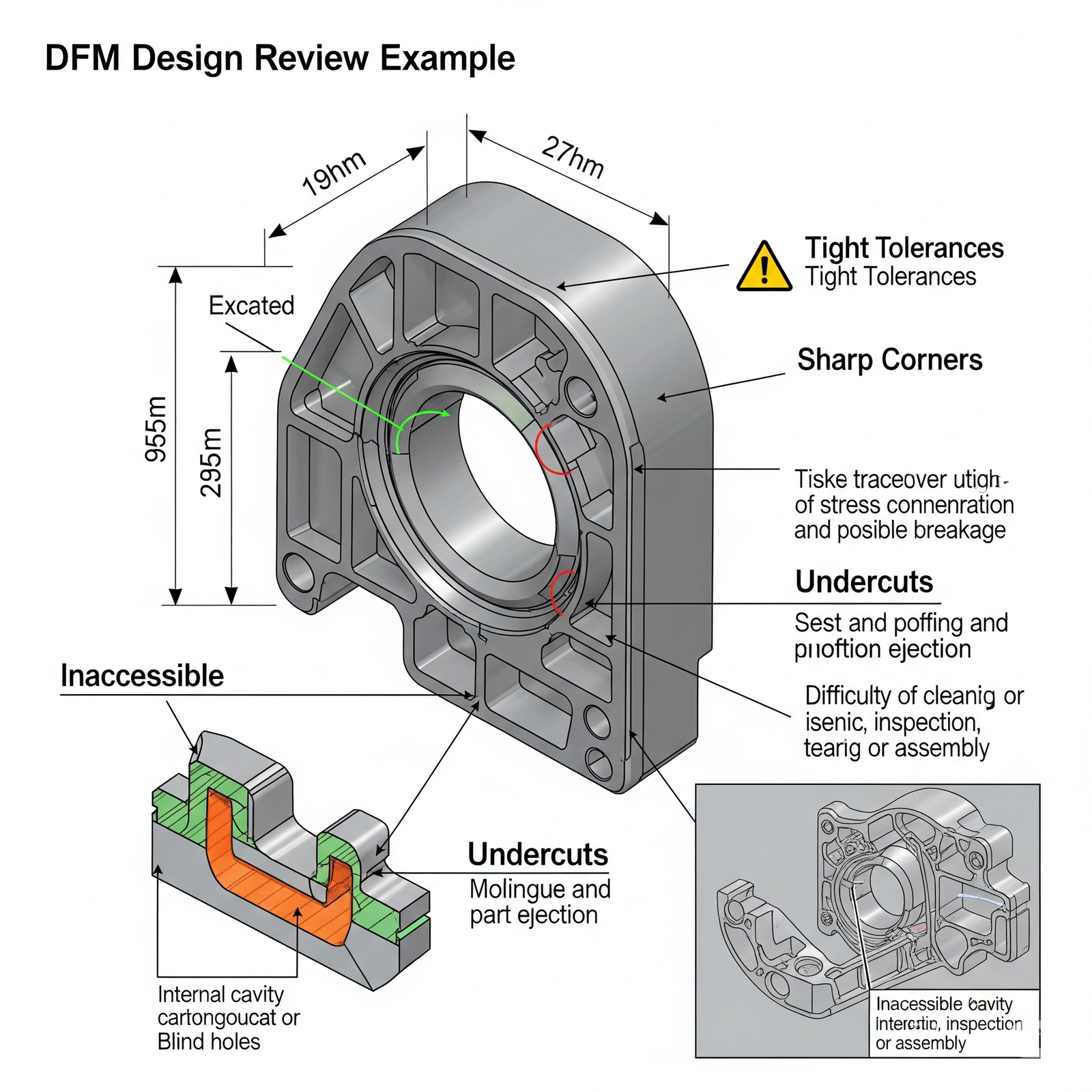
👉 Don’t guess—ask for a DFM review before locking your design. A small tweak can save you thousands.
Can You Simulate Mass Production in Prototypes?
Yes—processes like soft tooling4, bridge casting, and hybrid methods (e.g. CNC + SLA printed molds) can mimic full-scale production.
But these add cost and complexity.

👉 Only simulate production when you need to test the actual end-use behavior (e.g. thermal, EMI, or assembly constraints).
📩 Get Expert Support on Your Metal Prototypes
We’ve helped 300+ teams—from medtech startups to aerospace R&D—navigate the complexities of small batch metal fabrication.
👉 Submit your STEP file / 2D drawing / rough sketch and receive:
- ✅ Free DFM Review (within 24 hours)
- ✅ Recommended Process Path (CNC, sheet metal, casting, etc.)
- ✅ Tiered Pricing Estimates (for 1, 10, and 100 units)
- ✅ Projected Lead Time by material and process
🚀 Click to Get Started – Your dedicated engineer will respond within 1 business day.
-
Explore this resource to understand the unique hurdles and solutions in small batch metal prototyping. ↩
-
Learn about the factors contributing to high unit costs and how to mitigate them in production. ↩
-
Discover the reasons behind unpredictable lead times and strategies to manage them effectively. ↩
-
Discover how soft tooling can simulate mass production processes and its benefits in prototyping. ↩

